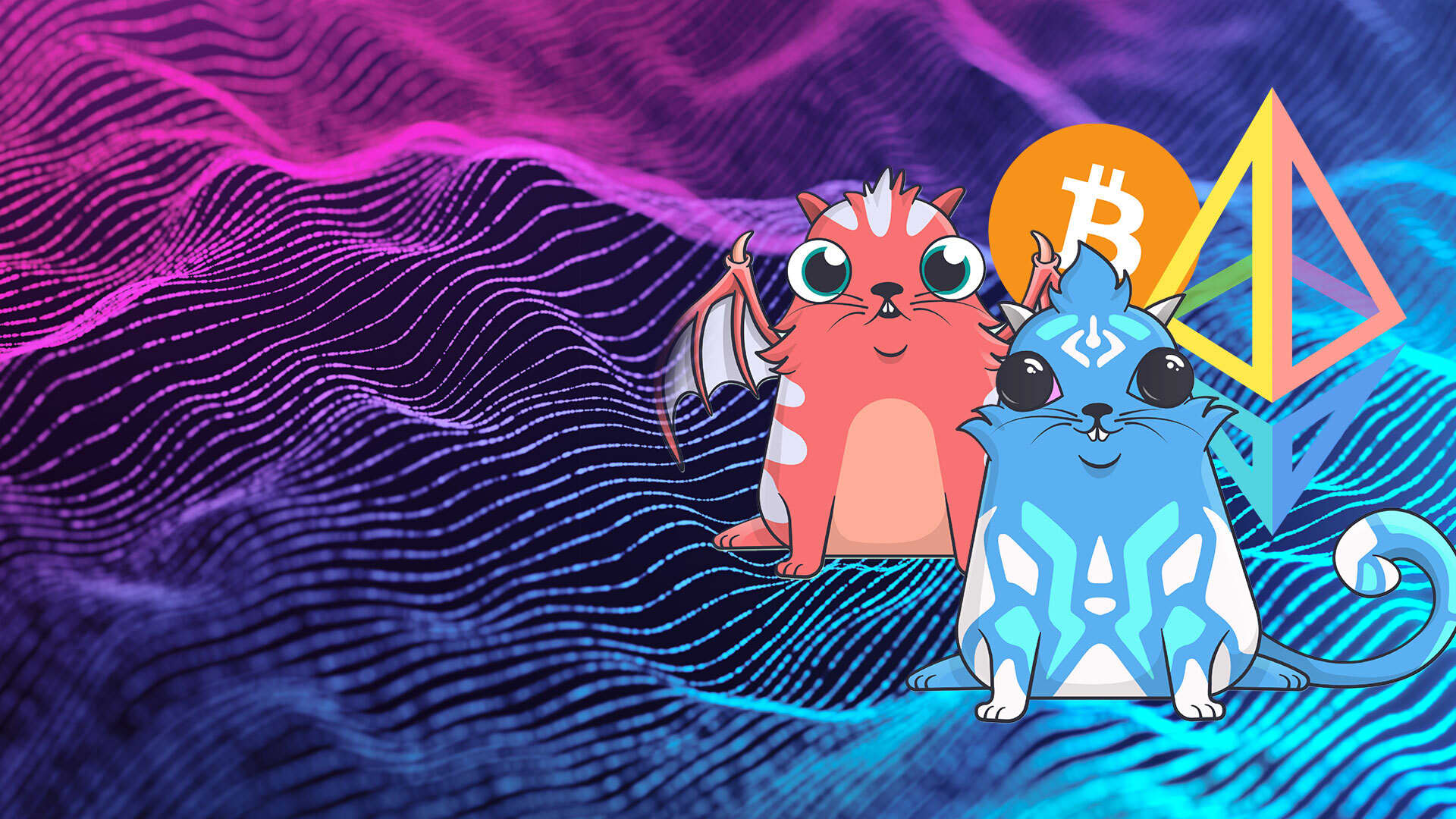To begin with, let us recall the very definition of financial investment, since the word investment is increasingly heard today next to the concept of NFT. So, investment is a tool by means of which you can save or increase your income. We insist that the safety of investments (taking into account the inflation at the time of resale) is no less important for the investor than earnings — the latter is more of a pleasant, but less predictable, bonus. The desire to fix the current bitcoin rate, in particular, explains the investments of crypto millionaires in digital assets: the NFT holders will be able to return their savings in theory, if the rate of the leading cryptocurrency falls again, as it was late in 2017, or keepthem till the crypto depression is over, reselling them during the next market growth period.
It would seem similar to traditional "physical" art, but there is an important nuance.
For the first time, talking about art as an object for investing money started early in 1960s, but a scientific approach to art investment was formed only in early 2000s, when statistics appeared — the main forecasting tool at the disposal of market analysts. For nearly 10 years, US mathematicians David May and Michael Moses had spared no efforts to create indices of art objects. After that they issued a rational investment approach based on the analysis of the last 150 years out of nearly 300 years of auction history. The NFT sales are currently 3 years old: having received legal definition at the end of 2017, non-fungible tokens appeared at digital platforms in the spring of 2018. Unfortunately, the simultaneously falling bitcoin neither contributed to the development of massive NFT sales, nor to a detailed study of that market and the formation of statistical bases.
By the way, the situation with digital sales bases is simpler: since they were all conducted through the blockchain by default, it was not difficult to obtain information at any time. It is much more difficult to find connection between the NFT prices and events in the physical world, which, in fact, is what the art analytics of investments in traditional art is based on. In fact, the NFT market faces the task of finding answers to the following questions that a thoughtful investor would ask him:
• How does the value of NFT change over time?
• For what digital artists is it growing faster than for others?
• What is the optimal NFT holding period between buying and selling?
• What is the dynamics of the digital art market in general?
• Do financial crises affect the NFT market and how?
Today we have only a partial answer to the last question: the crisis caused by the pandemic has led to an incredible increase in demand for digital assets - from cryptocurrencies to tokens. At the same time, bitcoin has not yet experienced the influence of the "classic" recession: in 2008 it was still a baby — and we cannot accept the happiness of NFT owners as a constant, when everything else in the world falls down. The same applies to the dynamics of the digital asset market as a whole: so far we can see a tangible correlation only with the growth of the digital currency.
The reasons for the superiority of some artists over others are a little more obvious: in order to gain unquestioning authority in the digital world, one had to be in it from its very inception. Artists from the "outside" world, seeking to get on the radars of crypto collectors, should have something that is (a) understandable to the crypto community and (b) highly appreciated by them, namely: their own army of fans (with their likes, re-posts and retweets) and works with semantic content of the 21st century (awareness, transboundary character, rejection of traditional values).
Finding the links between the period of ownership and the quality of resale transactions is the most difficult for a full analysis today, including actions with the asset itself between transactions — known in the physical world as "collection management". The secondary NFT market is at an early stage of development today, but it is already showing positive dynamics, e.g. the amount of secondary sales of NFT at the five largest platforms in December, 2020 was only 11% of the primary market (US$ 111 thousand vs US$ 1.02 million), in March, 2021 — already 57% (US$ 10.78 million vs US$ 18, 79 million), and in the first week of April it reached 82% (US$ 1.78 million vs US$ 2.16 million). In other words, the owners consider NFT as a full-fledged asset and expect that the crypto art market will respond in kind to them — first of all, it will provide tools for independent analysis and forecasting.
It took May and Moses a decade to build art indices. Today, given the search and computation capabilities of collecting and evaluating source material, this process can take up to one year. The former developers are unlikely to be involved into work with figures this time: having sold their index to Sotheby’s in 2016, wealthy and elderly mathematicians do not indulge the art community with news. However, the newly formed market needs its own balanced analysis based on mechanics understandable to the investor. The phrase "investment into NFT" would remain without it an oxymoron with a place of honour in the Museum of Experimental Astronautics.
The main thing now is that the market itself does not disappoint and continues to supply figures on a regular basis. And we will manage to deal with them in some way or other.
